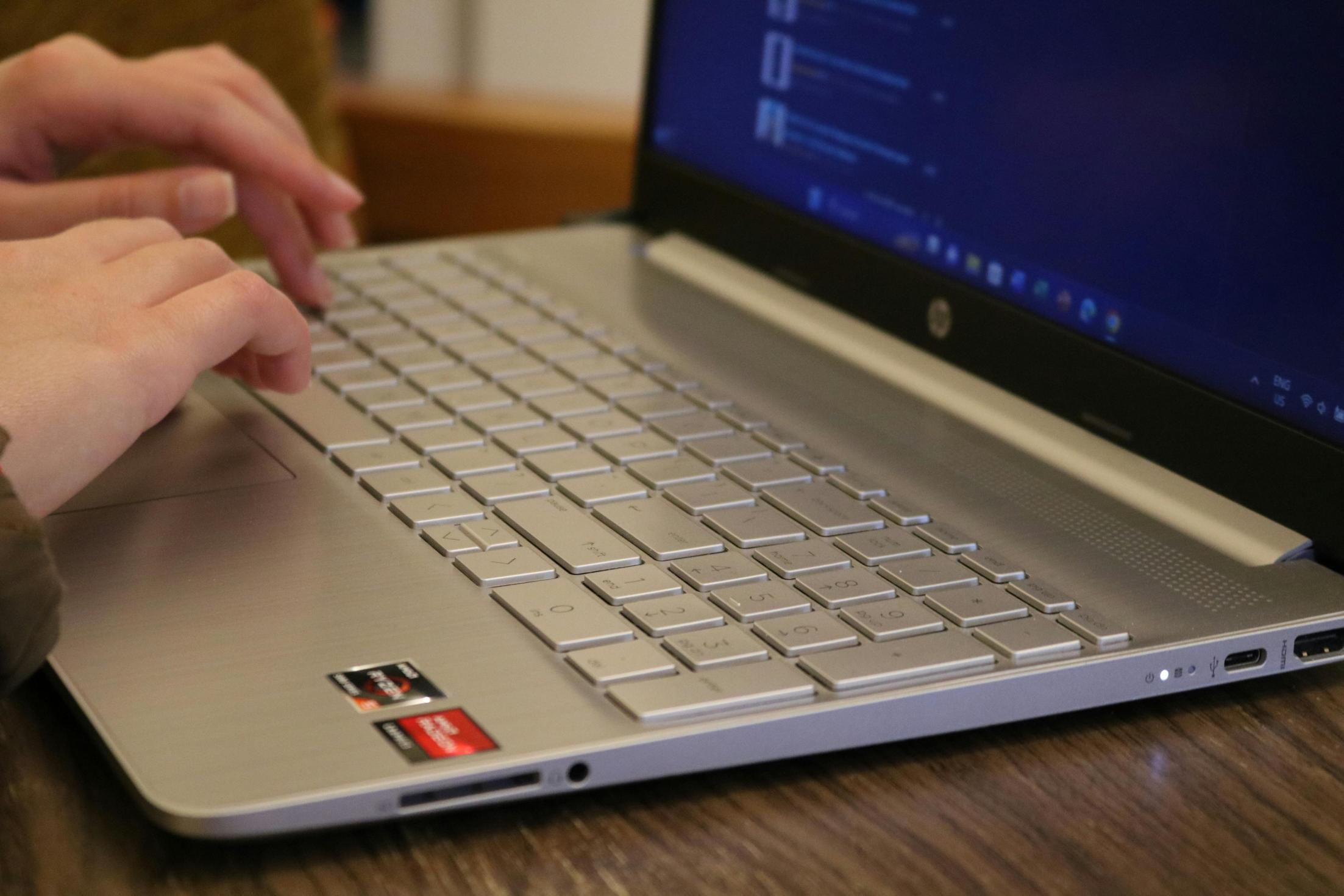HP Laptop Boot Menu Key: A Comprehensive Guide
Introduction
Navigating the boot menu on an HP laptop can be essential for troubleshooting, diagnostics, and optimizing performance. Whether you're performing a system recovery, running diagnostics, or accessing hardware settings, knowing how to use the HP laptop boot menu key is crucial. This guide will walk you through understanding the boot menu, identifying the correct key, accessing the menu, and applying practical uses for enhanced laptop management.

Understanding the Boot Menu
The boot menu is an essential tool that allows users to choose different boot options for their laptops. It provides a way to override the default boot sequence, which usually goes straight to the internal hard drive where the operating system resides. The boot menu offers alternative boot options such as USB drives, CD/DVD drives, network boot, and more.
Accessing the boot menu can be vital, especially when troubleshooting hardware issues or installing a new operating system. It provides a level of control that goes beyond the standard boot process, giving users the flexibility to boot from various media sources or perform system diagnostics and recovery.
By understanding the boot menu, users can make more informed decisions when managing their HP laptops. This knowledge is not just for advanced users; even beginners can benefit from knowing how to navigate through boot options for optimal laptop performance.
Identifying the Correct Boot Menu Key
The boot menu key for HP laptops can vary depending on the model and BIOS version. However, common keys include Esc, F9, and sometimes F10. The key is pressed during the initial startup process to bring up the boot menu.
To identify the correct boot menu key for your specific HP laptop model, refer to the user manual or the HP website. Alternatively, you can experiment by pressing one of the common keys (Esc, F9, or F10) as soon as you power on the laptop. A prompt will usually appear on the screen, indicating which key to press.
Knowing the correct boot menu key is essential for accessing the boot menu. Once identified, it becomes a simple process to navigate through the various boot options and perform necessary tasks.
Accessing the Boot Menu on an HP Laptop
Accessing the boot menu on an HP laptop involves a few straightforward steps. Here's how you can do it:
- Power on your laptop: Press the power button to turn on your HP laptop.
- Press the boot menu key: As soon as the laptop starts, repeatedly press the boot menu key (Esc, F9, or F10). Timing is crucial, so start pressing the key immediately after powering on the laptop.
- Navigate through the menu: Once the boot menu appears, use the arrow keys to navigate through the available options. Select the desired boot device or option and press Enter.
By following these steps, you can access the boot menu quickly and efficiently, allowing you to choose the appropriate boot option as needed.
Practical Applications of the Boot Menu
The boot menu offers numerous practical applications that can significantly enhance the functionality and troubleshooting capabilities of your HP laptop. Here are some key applications:
Booting from USB Drives and External Media
Booting from USB drives and external media is one of the most common uses of the boot menu. Whether you're installing a new operating system, running a live Linux distribution, or booting from a recovery disk, the boot menu allows you to select the USB drive or external media as the boot source.
Running Diagnostics and Recovery Tools
The boot menu is also essential for running diagnostics and recovery tools. HP laptops often include built-in diagnostics tools that can be accessed through the boot menu. These tools help identify and troubleshoot hardware issues, ensuring that your laptop runs smoothly.
Accessing Hardware Settings
Another important application of the boot menu is accessing hardware settings through the BIOS or UEFI firmware. This is crucial for configuring hardware components, updating firmware, and customizing system settings to optimize performance.
Understanding these practical applications ensures that you can make the most of the boot menu to maintain and improve your HP laptop's performance.

Troubleshooting Common Issues
Sometimes, accessing the boot menu or using it effectively can pose challenges. Here are common issues and their solutions:
- Boot Menu Key Not Working: If pressing the boot menu key doesn't bring up the menu, ensure you're pressing the correct key. Refer to the user manual for confirmation. Also, try a different keyboard to rule out hardware issues with the current one.
- Boot Device Not Detected: If the desired boot device isn't showing up in the menu, check its connection. For USB drives, ensure they're plugged in firmly. Sometimes, adjusting the boot order in the BIOS settings can help.
- Frozen Boot Menu: If the boot menu freezes, try restarting your laptop and pressing the key again. If the issue persists, updating the BIOS might resolve underlying software bugs causing the freeze.
By addressing these common issues, users can ensure a smoother experience when accessing and using the boot menu.

Advanced Tips for Using the Boot Menu
For users looking to leverage the boot menu for more advanced tasks, consider the following tips:
Firmware and BIOS Updates
Regularly updating your BIOS or UEFI firmware can enhance system stability and compatibility with newer hardware. Access the boot menu to enter the BIOS setup and check for available updates.
Customizing Boot Priorities
Customizing boot priorities allows you to set the preferred boot device. Through the BIOS settings accessed via the boot menu, prioritize the USB drive when frequently booting from external media or the internal hard drive for normal operations.
Secure Boot Settings
Secure boot is a security feature that protects against unauthorized software during the boot process. Access the boot menu to adjust secure boot settings, enabling or disabling this feature as needed for various tasks.
These advanced tips ensure experienced users can fully exploit the functionalities of the boot menu for a more refined laptop management experience.
Conclusion
The HP laptop boot menu key is a vital tool for anyone looking to manage, troubleshoot, or optimize their laptop. From booting from external media and running diagnostics to configuring system settings, the boot menu offers a broad range of functionalities.
Understanding the boot menu, identifying the correct key, and knowing how to access and use it effectively can significantly enhance your control over your HP laptop. With the practical applications and advanced tips provided in this guide, you are well-equipped to handle any boot menu-related tasks efficiently.
Frequently Asked Questions
What is the boot menu key for HP laptops?
The boot menu key for most HP laptops is usually Esc or F9, though it can vary based on the model and BIOS version. Check your user manual or the HP website for specifics.
How do I access the HP laptop boot menu?
To access the HP laptop boot menu, power on the device and immediately start pressing the boot menu key (Esc or F9). This will bring up the menu for you to navigate and select your desired option.
Why can't I access the boot menu on my HP laptop?
If you can't access the boot menu, ensure you're pressing the correct key right after powering on the laptop. If the issue persists, use a different keyboard or consider updating your BIOS to resolve any potential software bugs.



